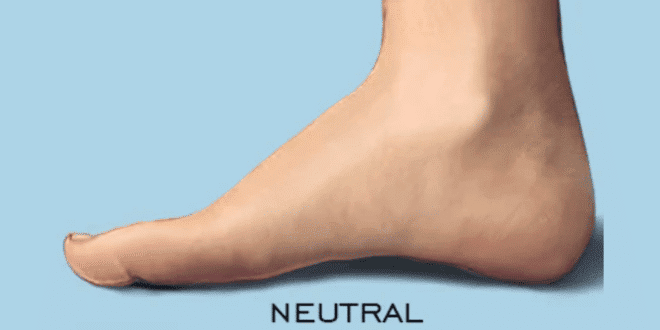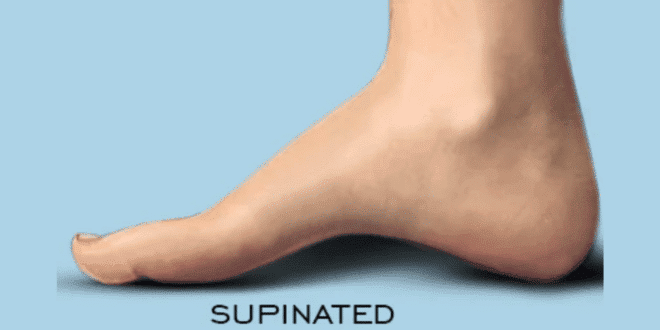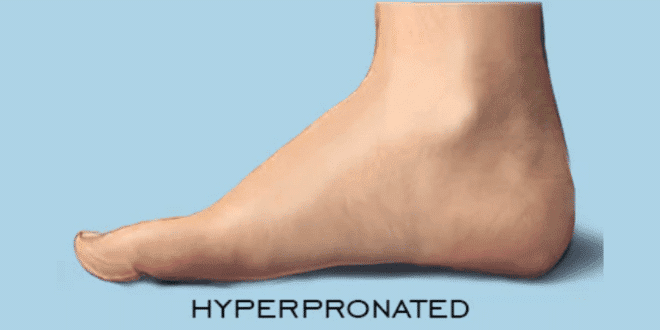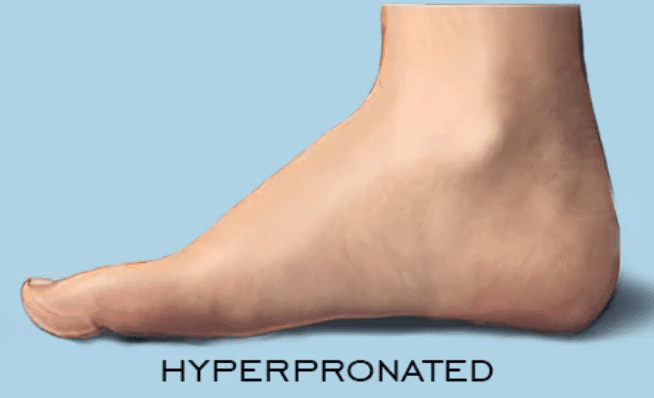Foot Characteristics



Foot Characteristics
When it comes to our feet, there are two primary factors that define their characteristics: dimensions and movement. To ensure a healthy and well-aligned foundation for your body, it’s essential to consider both factors when selecting footwear.
Dimensions
The dimensions of your feet are primarily determined by genetics and cannot be significantly altered. Therefore, choosing shoes that accommodate your foot dimensions is crucial for maintaining foot health and comfort. Foot length is the most basic measurement used to determine shoe size. While this is often the primary consideration when shopping for shoes, it’s important to recognize other significant dimensions that contribute to the perfect fit for your feet.
One often overlooked aspect that significantly impacts shoe comfort is foot width, particularly in the toe box area. Shoes that are too narrow can cause toe cramping, leading to deformities, blisters, and various foot conditions like bunions. Conversely, a toe box that is too large will result in a loose fit and undesirable lateral movement, especially during activities involving quick changes of direction.
In addition to foot width, heel width and instep height are also important considerations when it comes to shoe fit. While the adjustability provided by shoelaces can help address these factors to some extent, individuals with unique heel or instep dimensions may need to pay closer attention to ensure a proper fit. For instance, individuals with high insteps might prefer shoes with higher volume to accommodate their feet without compromising circulation throughout the day.
⦁ Biomechanical Movements:
During walking or running, our feet play a crucial role in cushioning our steps and propelling us forward. They undergo two primary biomechanical movements known as pronation and supination. While there is no single “correct” way to walk, misalignments and inefficiencies in our movement can lead to unnecessary pains and discomforts throughout our body.
The manner in which we walk or run is referred to as our gait. Although some aspects of our gait are determined by genetics and our anatomical structure, there are steps we can take to encourage a healthy and sustainable movement pattern.
⦁ Pronation
Pronation involves the inward and downward rotation of the foot, with the medial side bearing the body’s weight. This natural movement allows for shock absorption and adaptation to uneven surfaces.
⦁ Over-pronation:
Over-pronation occurs when the foot excessively rolls inward, causing an uneven weight distribution and increasing the risk of injuries.
On the other hand, supination involves the outward rotation of the foot, with the outer edge bearing the body’s weight. This movement helps convert the foot into a rigid lever for propulsion. However, relying primarily on supination can hinder the foot’s ability to absorb shock and rebound naturally.
Neutral:
is characterized by the outside of the heel striking the ground first. The foot then rolls inward slightly to efficiently absorb shock and provide proper support to the foot and ankle. In this case, pronation occurs, but not excessively.
Maintaining a neutral foot position is crucial for reducing foot fatigue and improving shock absorption.
When selecting your next preferred running shoes, it is advisable to consult a knowledgeable footwear fitting specialist, ideally one who utilizes foot scanning technology. This ensures that your feet receive the support they deserve, enabling you to stay active, healthy, and free from pain.
Flat Feet :
Flat feet, also known as low or collapsed arches, can cause pain across the entire bottom of the foot, with the heel and arch being commonly affected areas. This condition can affect walking and running efficiency while adding stress to the lower back and knees. Flat feet may be genetic or acquired through overuse or injury. Symptoms include increased pain with intense use or prolonged activity, along with swelling along the inner ankle and arch. Hip, knee, and lower back pain can also result from the instability of gait and posture caused by flat feet.
High Arches High arches result in a lack of proper contact with the ground, affecting foot movement and function. The rigid arch structure of high arched feet often leads to under pronation, reducing the foot’s cushioning mechanism. This uneven distribution of impact pressure can cause foot-related problems, such as ulcers. While some cases of high arches may be attributed to underlying neuromuscular issues, most are hereditary. High arches place additional stress on the metatarsals, leading to foot pain while standing, walking, or running. Over time, this stress can radiate up the kinetic chain, impacting the ankle, knee, hip, and back.


